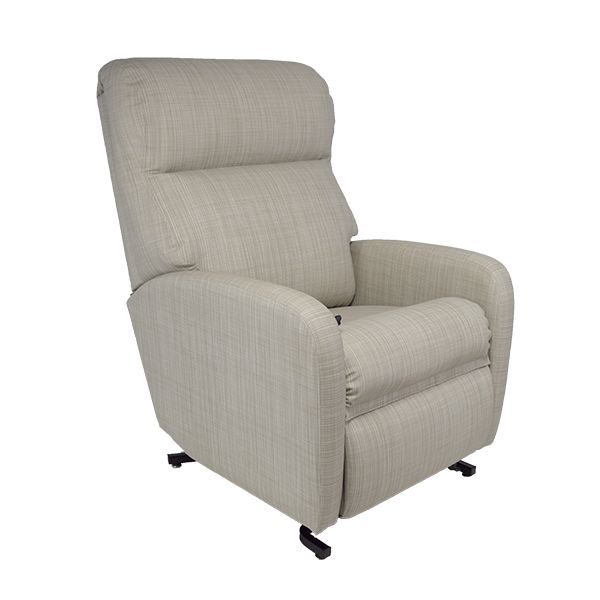Continuing care retirement communities (CCRCs) provide a range of services and living arrangements to accommodate the needs of seniors as they age.
CCRCs are typically located within a community setting and allow residents to age in place, receiving services as needed.
It's not always easy to plan for retirement years. However, senior living communities offer peace of mind for those who are nearing or in retirement. This section will be exploring continuing care retirement communities in detail. We'll discuss the different types of CCRCs and how they're different from other senior living communities, as well as some of the benefits they provide for seniors who are looking to downsize their home but still want to have various levels of care available to them when needed.
Continuing care retirement communities allow seniors to move from one stage of life to the next.
For seniors, a major decision is determining where they want to spend their retirement years. We all know that a great place for seniors is a retirement community. But what type of retirement community should they choose? The answer depends on what you can afford and how much care you need.
Continuing care retirement communities are popular because they offer an array of housing, medical, and health care options so that seniors can choose the right level of care for them as their needs change over time. It’s about making decisions now so that it’s not too late later on when your healthcare needs become more extensive.
A continuing care retirement community is a complex that offers all aspects of life for it's inhabitants. Whether they're in independent living or assisted living, residents will enjoy access to social and wellness services, dining and more.
In a continuing care retirement community, there are many levels of care – from independent assisted living to 24-hour nursing. Residents can move from one level of care to another as their needs change.
Financial Planning for Retirement Living
In order to plan financially, you need to take a look at the numbers. Careful planning ahead of time will allow you to make better decisions and be more satisfied with your retirement living experience.
Continuing care retirement living is a form of senior housing that offers a continuum of care from independent living to assisted living, skilled nursing, and rehabilitation.
Short-term benefits: There are many short-term benefits that come with continuing care retirement living. If you move as an independent resident, you will have the flexibility to live at home as long as possible without worrying about the cost of your new housing. And if you need more assistance and/or healthcare services in the future, it will be available on-site.
Long-term benefits: The long-term benefits of continuing care retirement living include security and peace of mind knowing that you can receive amenities and services for as long as they are needed. This way, your needs will be met no matter what stage of life you find yourself in.
Paying for Continuing Care Retirement Living
Continuing Care Retirement Communities (CCRCs) are being developed to meet the needs of the growing number of people who need assisted living. CCRCs offer a continuum of care, from independent living to skilled nursing care. The cost for this type of SonderCare – home medical equipment retirement living is much higher than other retirement communities, but it is worth considering if you or your loved one requires assistance with activities of daily living.

Paying for Continuing Care Retirement Living- What is it?
Continuing Care Retirement Living is a type of senior living that provides multiple levels of care for residents, including independent living, assisted living, and skilled nursing care. Residents have the option to move from one level of care to another depending on their needs.
Continuing Care Retirement Living- How much does it cost?
For a Continuing Care Retirement Living facility in the US, costs will be about $4-$6,000 per month. This includes rent and service fees. For a US facility, there can be an entrance fee as well as monthly fees which depend on the specific amenities included in the agreement with the family. In Canada, there's no entrance fee but monthly costs are around $2-$4K CAD.
